Search
To search for an exact match, type the word or phrase you want in quotation marks.
A*DESK has been offering since 2002 contents about criticism and contemporary art. A*DESK has become consolidated thanks to all those who have believed in the project, all those who have followed us, debating, participating and collaborating. Many people have collaborated with A*DESK, and continue to do so. Their efforts, knowledge and belief in the project are what make it grow internationally. At A*DESK we have also generated work for over one hundred professionals in culture, from small collaborations with reviews and classes, to more prolonged and intense collaborations.
At A*DESK we believe in the need for free and universal access to culture and knowledge. We want to carry on being independent, remaining open to more ideas and opinions. If you believe in A*DESK, we need your backing to be able to continue. You can now participate in the project by supporting it. You can choose how much you want to contribute to the project.
You can decide how much you want to bring to the project.

During the press conference on the occasion of the 13th nomadic biennial Manifesta central exhibition’s last chapter opening —which this year is happening in France for the first time, specifically in the southern city of Marseille— the curatorial team said that climate change, including the biological virus that affects us these days, cannot be separated from social justice, it is all the effect of an accelerated economy. I guess we all know that, but perhaps it is worth reminding those organizing elitist macro artistic events dealing with “trend topic” narratives in the art scene as the Anthropocene and the ecological crisis, social inequalities, migration, post-colonialism and necropolitics, or racial and gender discrimination; that these narratives, affecting society globally, should be addressed as symptoms of a major problem, instead of issolating one cause and show the consequences.
Once we have clear that the total hegemony of economy and finance is the common denominator of all the dystopias we are experiencing and that absolutely everyone must slow down and be more sustainable both physically and intellectually; the panorama of the international art biennials seems to be reconfigured in such a way that each actor has its perfect role, as in the successful formulas of the Netflix series. If Venice seeks the art market next hit, Manifesta, after the successful edition of Palermo in 2018, focuses on integrating marginalized European cities —or outsiders as the organization call them— with millennia of historical and geopolitical power.
And that is the case of Marseille, a displaced, mestizo and eclectic epicentre where global problems are replicated locally. The second city of France after Paris, and the oldest one, with multicultural syncretism specific to port cities, the urbe has also acted as a bridge with the French colonies in North Africa for centuries: a third of the Marseilles population has Algerian roots, and there is also a large floating sub-Saharan population as a consequence of migratory crises. Full of contradictions and contrasts, languages, histories, and places that allow forms of deviation and discrepancy, the city suffers racial, social and class conflicts. In short, a quasi-exact reflection of the current geopolitical changes that Europe, France, and specifically Marseille, are facing.
At present, one of the few artistic events that seem to have a future after the cultural debacle caused by the pandemic, the mediating model proposed by Manifesta works to integrate the biennial into the social, cultural and political fabric of the city with the intention of opening it up to a sustainable model. That is why, with the same approach first introduced in Palermo, Manifesta Marseille commissioned to the architects’ office MVRDV and The Why Factory (both based in Rotterdam) an urban “sustainability” study in 2018 before the appointment of the artistic team. MVRDV and The Why Factory have organised 22 workshops that have brought together more than 500 Marseillaise. The result of this research is collected in Le Grand Puzzle, a large multi-narrative puzzle that reveals the specificities, needs, and complexities of Marseille, serves as a tool for inhabitants to rethink the potential of their city, and illustrates the different possibilities of new and more accessible urban landscapes.
Manifesta 13 has three sections: the central exhibition Traits d’union.s, made up of six episodes that have been inaugurated gradually from 28 August to 9 October (when the last one opened); the educational and mediation programme Le Tiers, and Les Parallèles du Sud: consisting in approximately one hundred collateral events throughout the region: from Marseille to Nice, Aix and Arles.
Le Grand Puzzle pre-biennial studio served as the starting point for artistic team to create the central exhibition. This year the artistic team is not as transdisciplinary as intercultural —at the end of 2019, the Spanish architect Marina Otero Verzier left the team composed of three curators: the Moroccan Alya Sebtiis, the Russian Katerina Chuchalina, and the German Stefan Kalmár.
The curatorial team provide an artistic vision of global problems across the spectrum of Marseille in six chapters: The Home, The Refuge, The Almhouse, The Port, The Park and The School, with their 47 artists and collectives, and its 14 venues comprising non-profit galleries, music and dance spaces, shopping centres, museums, and city collections. According to the curators, the exhibitions combine historical archives, photographs, and drawings of famous residents of Marseille with the contemporary works commisioned by Manifesta 13, thus reducing the shipment of artworks to a minimum. This is another gesture of sustainability that should be applied to every art show from now on. Moreover, the museums’ rooms hosting the exhibition Traits d’union.s have not been emptied, so that the pieces from the biennial reflecting on slavery, racial discrimination, and revolution, are opposed to historical pieces that extol the hegemonic narratives responsible of these atrocities, activating a dialogue with the present and facilitating a review of the official history.
The artistic event, which can be visited until the 29th of November, is very comprehensive, many of the sites are located within walking distance through the luminous streets of Marseille, as vibrant as economically devastated. In Parc Longchamp, a city-lung built in the 19th century to supply water after the plagues, the American collective Black Quantum Futurism, dedicated to expanding the Afro-futurist legacy —a movement that combines the history of black people with African diaspora’s vision of time and future— has installed a colourful stage-like sculpture decorated with cosmograms, simple geometric systems that represent the cosmos in the different cultures of the planet. The piece is part of chapter The Home.
The Cantini Museum hosts the episode entitled The Refuge, which is inspired by the Villa Air-Bel, a caste in Marseille that served as a refuge for some of the most prominent artists and thinkers of the 20th century while fleeing from Nazism. Wifredo Lam, Jacqueline Lamba, Victor Serge, Anna Seghers, Hannah Arendt, Max Ernts, André Breton, Claude Lévi-Strauss, Marcel Duchamp and Walter Benjamin were looking for asylum here. Suspended in time, they devoted themselves to creating plays and artistic experiments collectively as a way of facing their realities and their waiting. Several of these communal exercises are reflected in the Surrealist Collective Drawings (in the form of corpse exquisite) and the drawings of Jeu de Marseille. The absence of the artists due to coronavirus become a “presence” in the case of the French artist Marc Camille Chaimowicz. His semi-empty rooms in the Cantini Museum, shows works that evoke the time of the artist’s quarantine in his London home.
In the case of the North American autodidact artist Peter Fend, this absence reaches paroxysm levels: around five thousand emails were exchanged between the environmentalist artivist and his production assistant in France, until all the questions regarding the installation of La Mer et Marseille were resolved. Part of the chapter The Park, it is perhaps one of the most paradigmatic pieces of this strange moment we are living. La Mer et Marseille is strategically housed in the Consigne Sanitaire, a baroque building located in the old port of Marseille. Through cut-out maps, computer graphics and diagrams, Fend shows the maritime trade routes from the Phoenicians and the Greeks times to the present day. A huge data centre belonging to the Dutch company Interxion located in a German World War II bunker outside Marseille, manage 14 underwater data cables which connect Europe, Africa, the Middle East and Asia. The former “material” maritime trade has now been replaced by “immaterial” information trade, with all its geopolitical implications.
Fend not only makes visible the invisible, but, like Da Vinci, has a mechanical imagination, he draws diagrams to build systems that, as the ingenious Renaissance artist, propose solutions to particular problems. Whether Da Vinci devised a modern city map to combat the plague in medieval Milan or wings to fly, Fend proposes cleaning the city’s contaminated water by sewage discharges into the fascinating Calanques National Park, using algae as a biofilter to absorb the contaminants. In its model, Fend suggests throwing the algae into the contaminated water from air balloons. As crazy as it could sound, it has been proven that these algae clean the water with its metabolism and the use of balloons would allow access to difficult and protected areas.
Echoing those contrasts mentioned at the beginning, the Historical Museum —built on the archaeological remains of the ancient Greek port, and next to which, it in the 1960 a shopping centre was also built— hosts the exhibition The Port. Between 2600 years of history and a Nike shop, the artistic intervention of the Algerian architect Samia Henni is presented in a conventional format, but no for this less effective. Henni’s ability to adapt and respond to the circumstances has given rise to the piece Housing Pharmacology. The result of her on-site research, is a study on the right to housing carried out after the collapse of two buildings in neighbouring rue d’Aubagne in 2018, in which eight people died and hundreds were left homeless.
The Almhouse episode is surrounded by melancholy. Housed in the former Vieille Charité, recalls the modern history of psychiatric institutions, their relationship to social, political, and mental alienation, as well as the right to insanity. The exhibition recovers historical pieces by dark, cursed and fascinating poets and authors such as Arthur Rimbaud, Antonin Artaud, Roland Barthes, Georges Bataille, together with texts on Marseille by Walter Benjamin, who spent his last weeks of life here.
In the sound piece by Mohamed Bourouissa, voices from the outside enter the conservatory, a place that normally expels sound. Le Conservatoire National hosts the exhibition entitled The School. There the Vietnamese Tuan Andrew Nguyen creates one of the most moving and effective pieces of the biennial, in which he criticizes the criminalization of assistance to undocumented people in France.
Marseille has a dense network of associations, around 22K citizens’ civil organizations exist in the city. They represent hundreds of communities and artistic collectives organised around social issues: housing, prostitution, poverty, LGBT rights. Many of them are featured in the Invisible Archives programme of the surprising Tiers QG. Likewise, decoding violence and law through participatory means using “collective intelligence” to protect “the group”, is the key of the long term participatory educational project Group-Think by Danish artist Stine Marie Jacobsen.
The present circumstances make Manifesta Marseille appear to be more existentially moving than any previous edition. The concept of making visible the rhizomes of European cultural history through imported curators, and showing pieces whose narratives appropriate local problems, has always harboured the danger of truths imposed from outside. But the model seems to be consolidating and gaining traction by mediating thoughtfully with the complexity of the city that host it. If Manifesta Palermo talked about cultivating coexistence, Manifesta Marseille is not only about coexistence, but about coming together to create communities, new forms of care and bonds of solidarity, “is US not I”.
Manifesta 13 Marsella runs till November 29. Check program here: manifesta13.org
(Featured image: Group-Think, 2020 © Stine Marie Jacobsen. Photo ©Jeanchristophe Lett /Manifesta 13 Marseille)

Group-Think, 2020 (fotograma) © Stine Marie Jacobsen
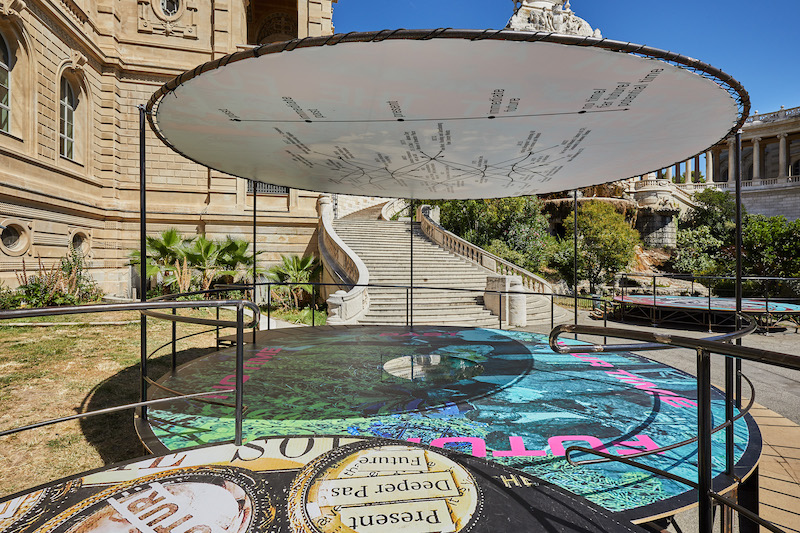
Nonlinear Histories & Quantum Futures / Histoires non linéaires & futurs quantiques, 2020 © Black Quantum Futurism. Photo ©Jeanchristophe Lett /Manifesta

Nonlinear Histories & Quantum Futures / Histoires non linéaires & futurs quantiques, 2020 © Black Quantum Futurism. Photo ©Jeanchristophe Lett /Manifesta

he Gatekeepers / Les gardien·ne·s du portail, 2020 © Ali Cherri. Photo ©Jeanchristophe Lett /Manifesta

Ghostline, 2020 © Yassine Balbzioui. Photo ©Jeanchristophe Lett /Manifesta
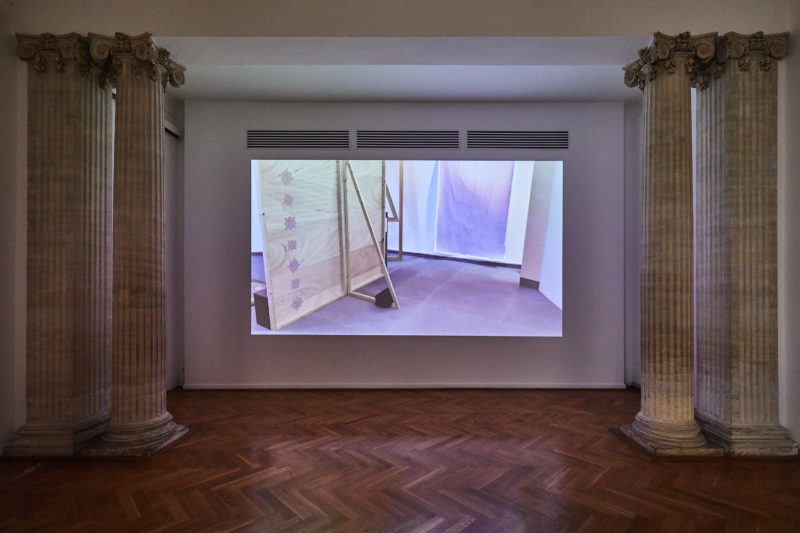
Stuart’s Way (a work in Progress), 2020 © Marc Camille Chaimowicz. Photo ©Jeanchristophe Lett/Manifesta
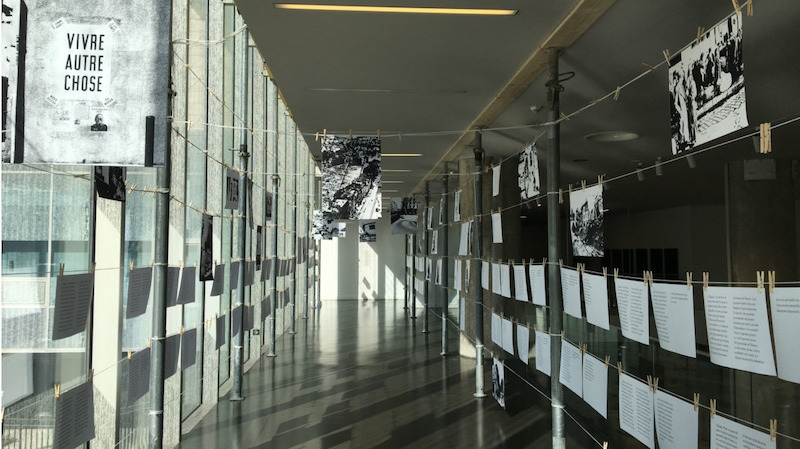
Housing Pharmacology, 2020 © Samia Henni. Photo Maria Muñoz
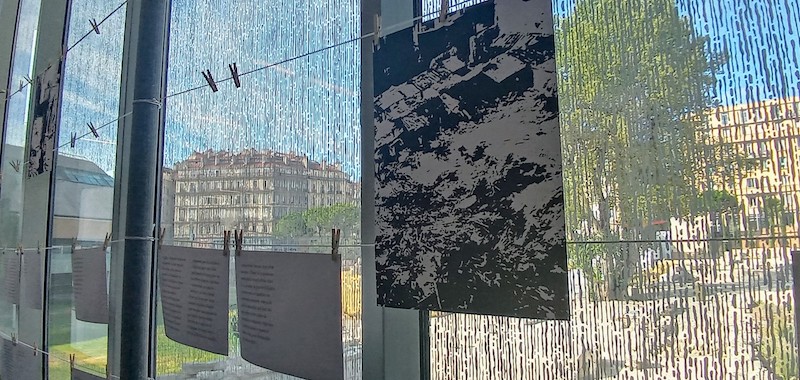
Housing Pharmacology, 2020 © Samia Henni. Photo Maria Muñoz
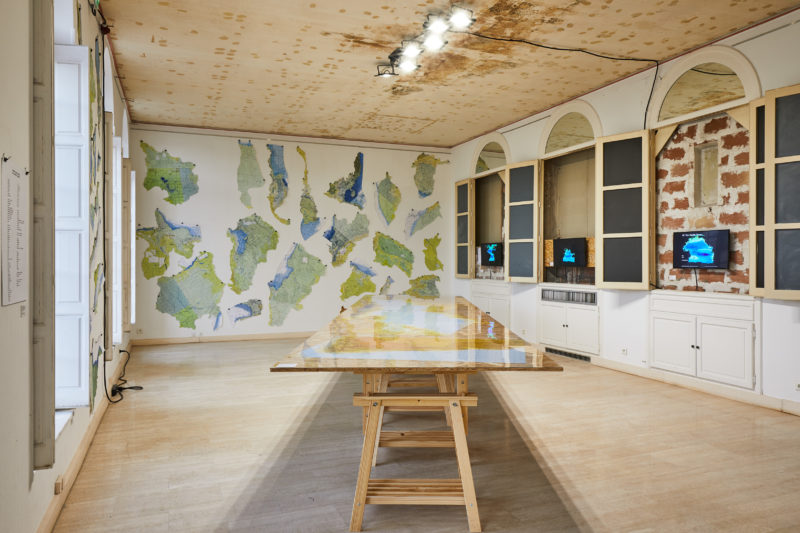
Vista de la exposición La Mer et Marseille de Peter Fend en la Consigne sanitaire – View from the exhibition La Mer et Marseille, Peter Fend at Consigne Sanitaire. Photo ©Jeanchristophe Lett /Manifesta

Photographies, 1883, Arthur Rimbaud © Musée Arthur Rimbaud, Ville de Charleville-Méziêres. Photo ©Jeanchristophe Lett /Manifesta
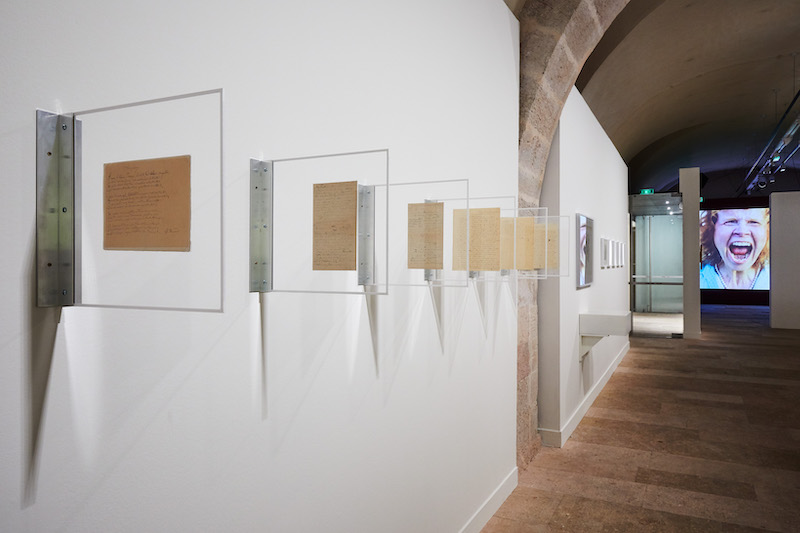
Manuscrits, 1891, Arthur Rimbaud © Musée Arthur Rimbaud, Ville de Charleville-Méziêres. Al fondo: Et Qu’un Sang Impur, 2019 © Pauline Curnier Jardin. Photo ©Jeanchristophe Lett /Manifesta

Dessins, 1945- 1946, Antonin Artaud © Collection Musée Cantini, Marseille. Photo ©Jeanchristophe Lett /Manifesta
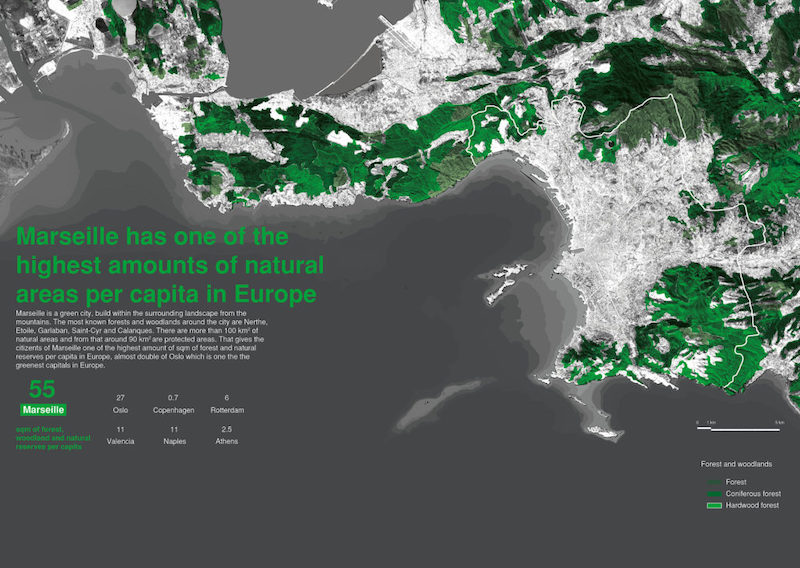
The Grand Puzzle, MAPS Green Space © MVRDV & The Why Factory
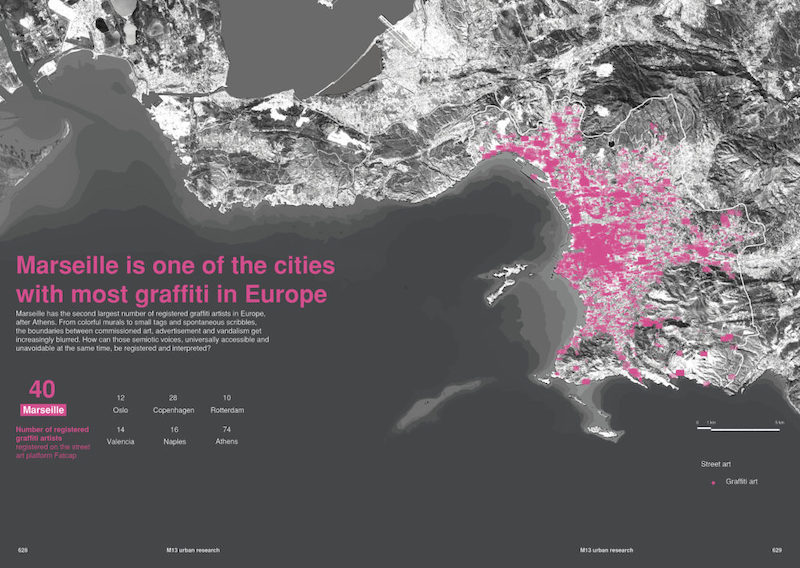
The Grand Puzzle, MAPS Green Space © MVRDV & The Why Factory
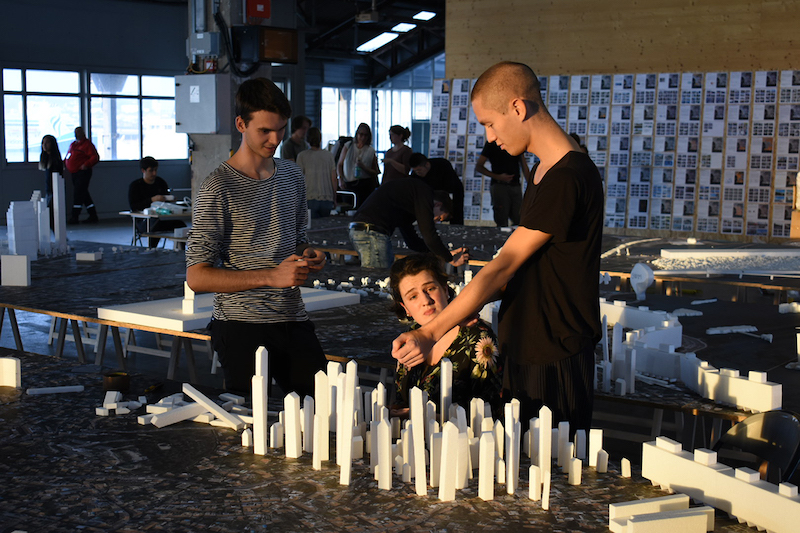
Marseille Moments Workshop, The-Grand-Puzzle © MVRDV & The Why Factory
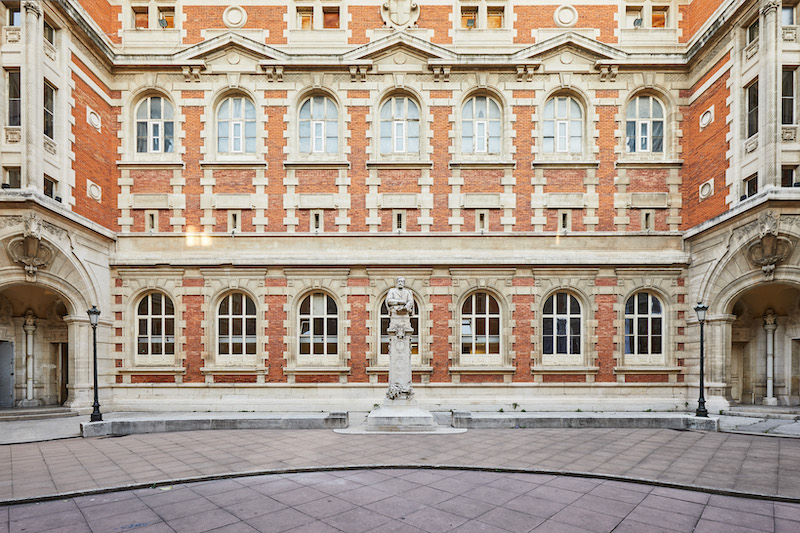
HARA!!!!!!hAAARAAAAA!!!!!hHARAAA!!!, 2020, oeuvre sonore © Mohamed Bourouissa. Photo ©Jeanchristophe Lett /Manifesta 13 Marseille

Crimes de solidarité / Crimes of Solidarity, 2020 © Tuan Andrew Nguyen. Photo ©Jeanchristophe Lett /Manifesta 13 Marseille
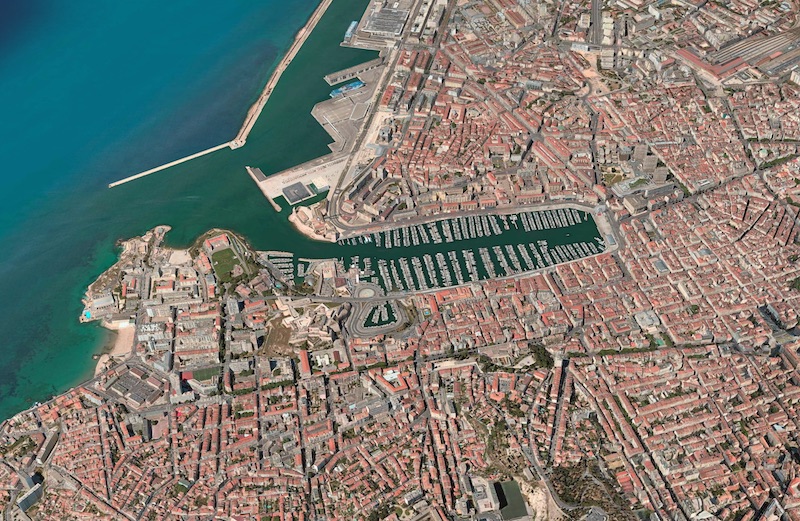
Manifesta Marsella, Aerial View of Marseille – City Host of Manifesta 13. Image Courtesy of Manifesta 13
(Cover Photo: Stine Marie Jacobsen, Group-Think, 2020 (fotograma) © Stine Marie Jacobsen)

María Muñoz-Martínez is a cultural worker and educator trained in Art History and Telecommunications Engineering, this hybridity is part of her nature. She has taught “Art History of the first half of the 20th century” at ESDI and currently teaches the subject “Art in the global context” in the Master of Cultural Management IL3 at the University of Barcelona. In addition, while living between Berlin and Barcelona, she is a regular contributor to different media, writing about art and culture and emphasising the confluence between art, society/politics and technology. She is passionate about the moving image, electronically generated music and digital media.
Portrait: Sebastian Busse
"A desk is a dangerous place from which to watch the world" (John Le Carré)